10 Spicy Secrets to Mastering Valenciana Paella Like a True Valencian Chef
If you’ve ever tasted authentic Valenciana paella, you know it’s not just a dish—it’s a symphony of spices, textures, and aromas that dances on your tongue like a flamenco dancer at sunset. But what really makes this iconic Spanish rice dish sing? Spoiler alert: It’s all in the spices. And yes, we’re talking about more than just saffron (though that golden thread plays its part).
Table of Contents
- What is Valenciana Paella Anyway?
- The Core Spices That Define the Dish
- Spice-Infused Techniques You Should Know
- Saffron vs Paprika vs Bay Leaf: A Flavor Face-Off
- Common Spice Mistakes & How to Avoid Them
- Pro Tips for Elevating Your Paella Game
- Final Thoughts
What is Valenciana Paella?
Originating from the region of Valencia on Spain’s eastern coast, Valenciana paella (or *paella valenciana*) is one of the most revered forms of the beloved rice dish. Unlike seafood or mixed versions, this traditional version features rabbit, chicken, green beans (*bajoqueta*), and garrofó (a type of large white bean), all simmered in a socarrat-rich bed of bomba rice.

The Core Spices That Define the Dish
Let’s be clear—this isn’t some neon-orange food coloring fest. Real Valenciana paella relies on subtle yet bold flavors, many of which come from humble, hand-ground spices. Here are the MVPs:
- Saffron: The queen of paella spices, responsible for both color and depth.
- Paprika: Adds warmth and smokiness, especially if you use smoked paprika (pimentón de la Vera).
- Fennel Seeds: A lesser-known but crucial player, lending a slightly licorice-like aroma.
- Bay Leaf: Adds earthy complexity without overpowering the other flavors.
- Garlic: Technically an herb, but it acts like a spice here—especially when fried gently before adding meat.
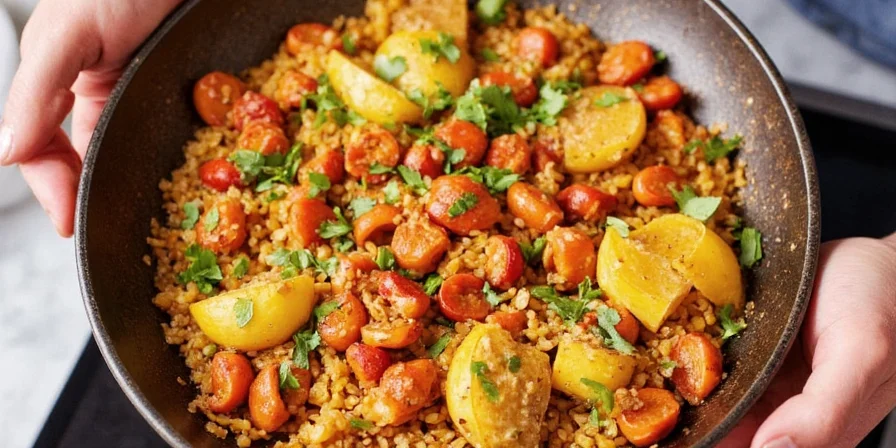
Spice-Infused Techniques You Should Know
You can have the best ingredients in the world, but without the right technique, your paella might end up as sad as a soggy churro. Here’s how to work those spices like a local:
- Bloom your spices—Heat them gently in oil before adding anything else. This wakes up their essential oils and fills your kitchen with Mediterranean magic.
- Toast fennel seeds lightly—They release more flavor when toasted, but don’t let them burn!
- Soak saffron threads in warm stock—not water—to get the most pigment and flavor.
- Layer your spice additions—Start with bay and garlic, then add paprika, followed by saffron near the end of cooking.
- DON’T OVERDO IT—Too much paprika or too little saffron and you’ll throw off the balance quicker than a bull dodges a cape.
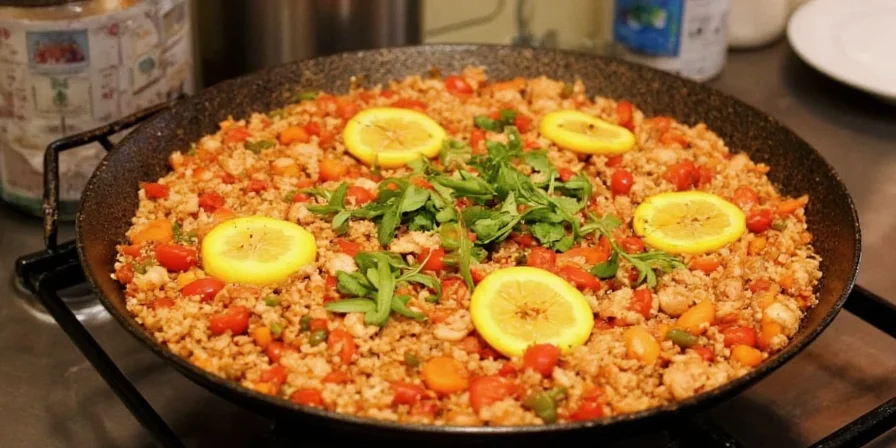
Saffron vs Paprika vs Bay Leaf: A Flavor Face-Off
| Spice | Flavor Profile | Role in Paella | Quantity Recommendation |
|---|---|---|---|
| Saffron | Ethereal, floral, subtly metallic | Color and soul of the dish | 3–5 strands per serving (adjust for group size) |
| Paprika (Smoked) | Earthy, sweet-smoky, campfire notes | Warms the base and adds richness | ½ tsp for a single batch (up to 1 tbsp for 6 servings) |
| Bay Leaf | Woody, herbal, balsamic undertones | Background complexity | 1 whole leaf per pan, removed before serving |
| Fennel Seeds | Anise-like, fresh, aromatic | Subtle contrast to savory meats | 1 tsp crushed |
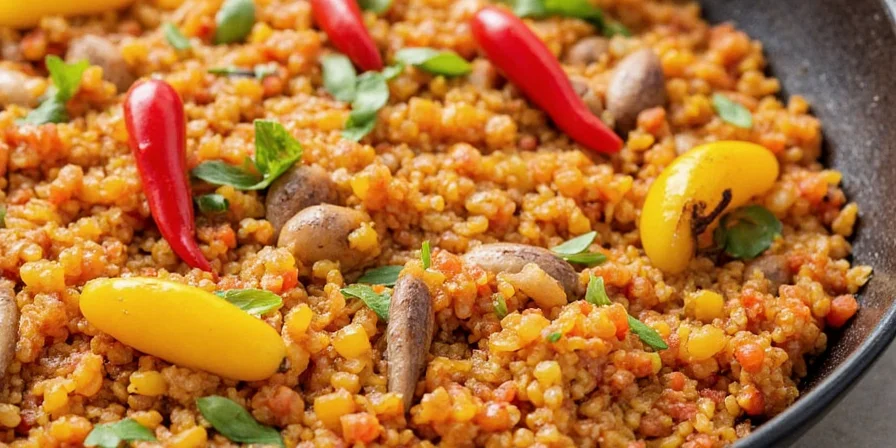
Common Spice Mistakes & How to Avoid Them
We’ve all been there—accidentally dumping half a jar of paprika into the pot and wondering why your dinner smells like a campfire marshmallow gone wrong. Let’s prevent that with these do’s and don’ts:
- ❌ Don’t skip the saffron—You’ll miss out on both the iconic hue and that unmistakable flavor.
- ✅ Do crush your own spices—Pre-ground paprika often lacks punch compared to freshly ground.
- ❌ Don’t toast bay leaves—They’ll become bitter. Just toss them in whole.
- ✅ Do use high-quality, Spanish-sourced spices—There’s no shortcut around quality here.
- ❌ Don’t mix hot and cold spices—Like using cumin or chili powder. This is Valenciana, not Tex-Mex.
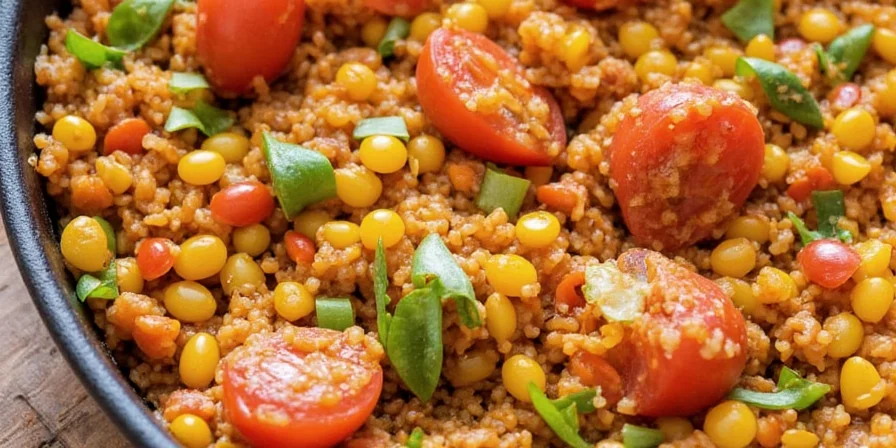
Pro Tips for Elevating Your Paella Game
If you're serious about nailing this dish—and not just making something vaguely rice-and-meat-shaped—here are some next-level spice strategies:
- Make your own sofrito—A simple blend of tomato, garlic, olive oil, and spices, cooked slowly until deep red.
- Add a splash of sherry vinegar—Balances the richness and brightens up the spices.
- Use chicken fat for extra umami—Or render duck fat if you’re feeling fancy.
- Incorporate a pinch of pimentón at the end—Gives a nice pop of smokiness just before serving.
- Garnish with chopped parsley AND lemon zest—Freshness meets citrusy brightness in every bite.
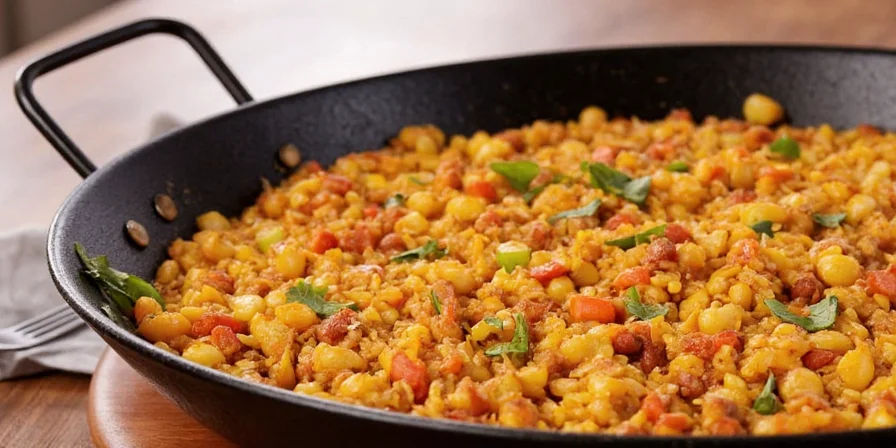
Conclusion: Spice Up Your Valenciana Paella Game
Making authentic Valenciana paella isn’t about flashy gimmicks or over-the-top ingredients—it’s about respecting the land, the traditions, and the spices that give the dish its soul. With the right spice blend, a bit of patience, and a good sense of humor (you will probably make mistakes—but so did Picasso before he painted Guernica), you’re well on your way to creating something truly magical.
Remember: Saffron is your friend. Paprika is your firestarter. Fennel seeds are your secret weapon. And above all—never, ever underestimate the power of a properly bloomed spice.

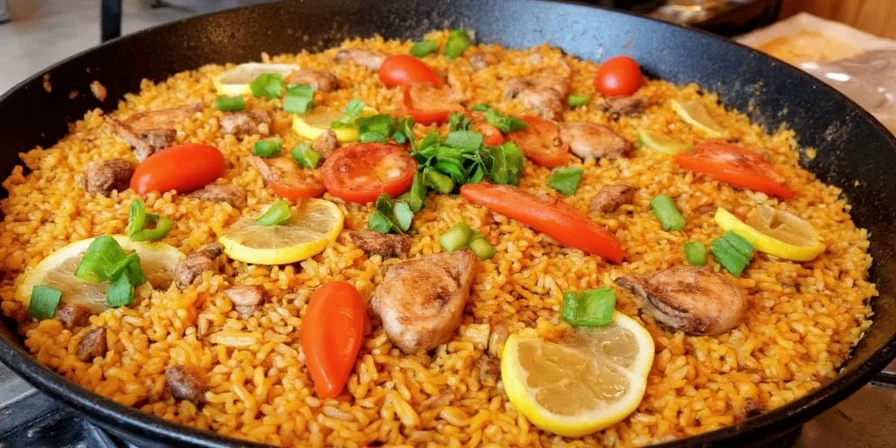









 浙公网安备
33010002000092号
浙公网安备
33010002000092号 浙B2-20120091-4
浙B2-20120091-4